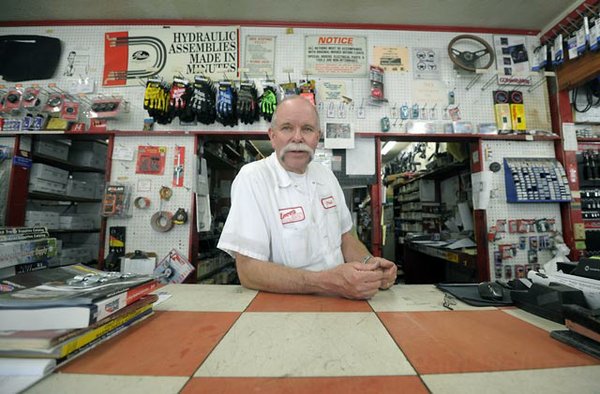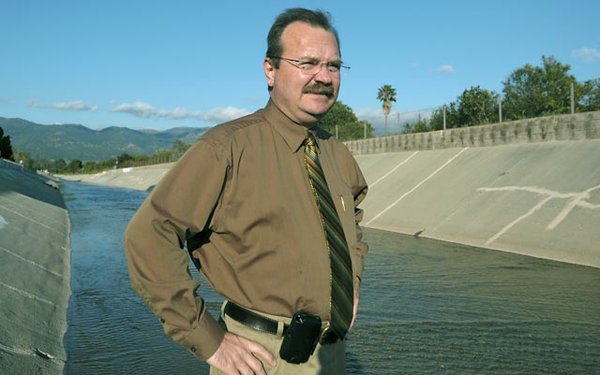Goleta Moves Forward on Controversial Creek Project
Less Smoke, No Fire in Thursday’s Expected Battle of San Jose Creek

In what everyone seemed to agree was a “historic moment” of “Herculean effort” for the City of Goleta, the City Council on Thursday afternoon unanimously approved the revamping of the San Jose Creek corridor and awarded the nearly $20 million contract to Flatiron West, one of the country’s most prominent infrastructure construction firms. The plan to reconstruct the concrete corridor alongside Highway 217 in order to reduce flooding in Old Town and allow for fish — namely the endangered steelhead trout — to swim up-creek has been in the works since 1998, four years before Goleta was ever incorporated.
“If there’s one thing that’s united all the councils of the City of Goleta,” it’s this project, said Councilmember Ed Easton, who proudly made the motion to approve the contract. “All councils have supported this 100 percent.”
The project, officially known as the San Jose Creek Capacity Improvement and Fish Passage Project, became the target of much criticism in recent weeks, as business owners in the vicinity of the project coalesced under the name Old Town Goleta Concerned Citizens and began to question the necessity and effectiveness of what’s been proposed. But such concerns were mostly dashed by Thursday, but that may be because the vote was only for phase one of the project; phase two involves the reconstruction of the bridge over Hollister Avenue, will cost around $6 million, and is expected to cause numerous traffic woes that might result in more opposition down the road.

The citizen group’s cofounder, Phil Unander of Larry’s Auto Parts, did speak during public comment, but did not argue against the project. Instead, he presented a list of nine requests to help business owners in the area who will be affected by the estimated two years of construction, including suggestions that remote parking be made available for the 165 or so expected construction workers, that landlords and tenants be justly compensated should they have to move or have business affected, and that the methods of communication between the city and business owners in the area be improved.
That last point was later reflected upon by Councilmember Roger Aceves, who gave a nod to those who said they learned too little about the project far too late. Aceves said the experience was “going to teach us how to work within the system,” and that the city needed to find “a proper medium to send the message out so that we answer all the questions before they become a problem.”
There’s at least one disgruntled business still in the area, however. Coastal Copy would be the company most affected by the work, claimed manager Tony Przybyla during the hearing. “We’re scrambling,” said Przybyla. “We’ve got to figure out what we’re going to do. We’ve got 30 people who work there and I’m thinking that they won’t have jobs when this thing starts … We weren’t prepared for it at all.”
There wasn’t much solace for Przybyla on Thursday, although the community services director Steve Wagner explained that much of the effort to mitigate impacts for business is a moving target, as the project is always changing. “When contractor comes on board to tell us how he bids, then we know it,” said Wagner. “It could be better. It might be worse. Until then, we don’t know how to further mitigate that. There’s things we just don’t know yet today.”
Unknowns aside, the councilmembers — many of whom had campaigned on the issue of finishing this project — enthusiastically took the next step in awarding the contract. A call to city staff to see how the recently passed state budget, which seeks to eliminate redevelopment agencies (RDA), will affect this project, as it was reliant in some measure on RDA funds, was not returned by deadline.
Following that hearing, the council took a required two-thirds vote to enable the power of eminent domain to acquire privately held properties if needed during the creek project. City staff made it clear that the step did not mean eminent domain — whereby public agencies forcibly remove properties from landowners — would be used, only that it could be, and the move was a “timely first step” to enable it. There were two speakers on that issue representing two of the properties in question; both supported the project, but were worried about specifics. Their negotiations are ongoing.



